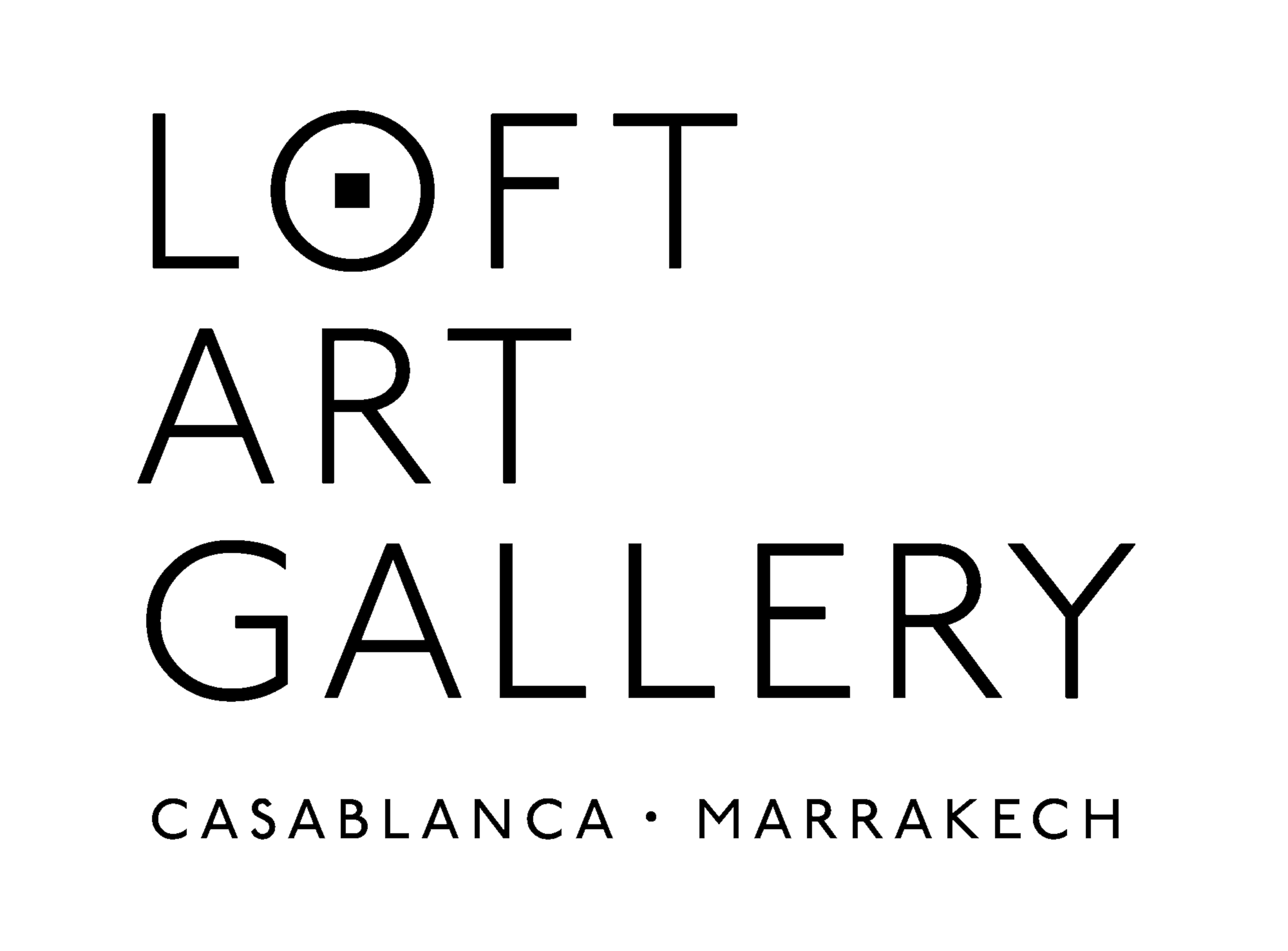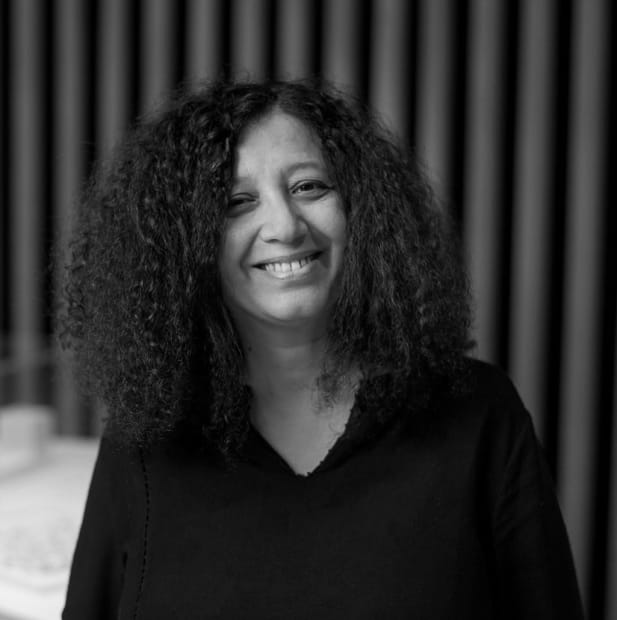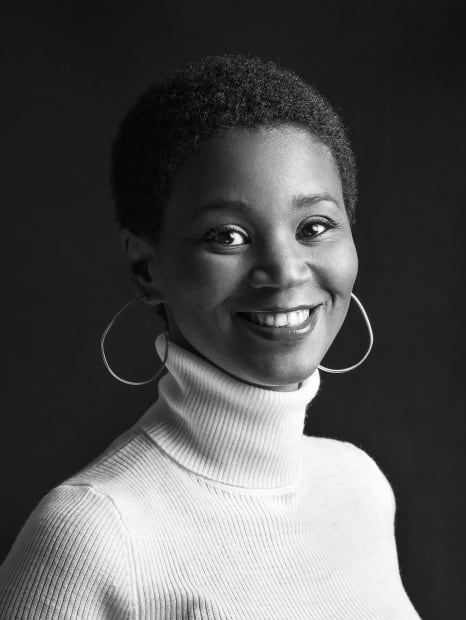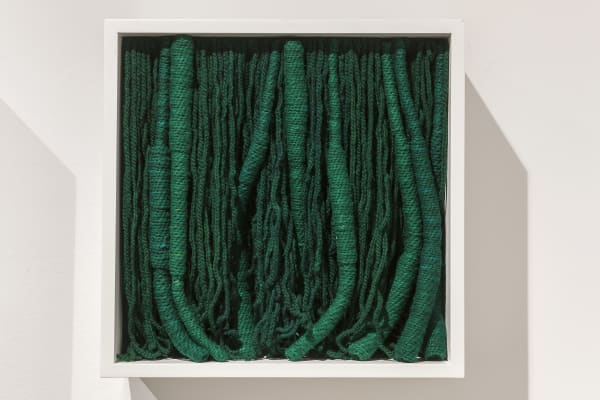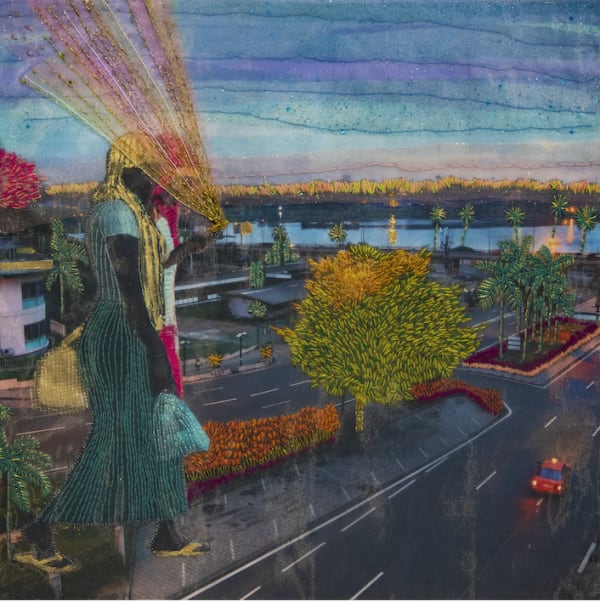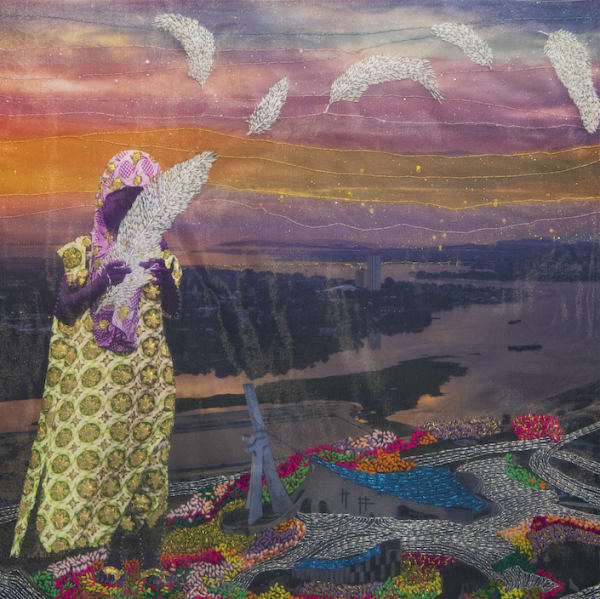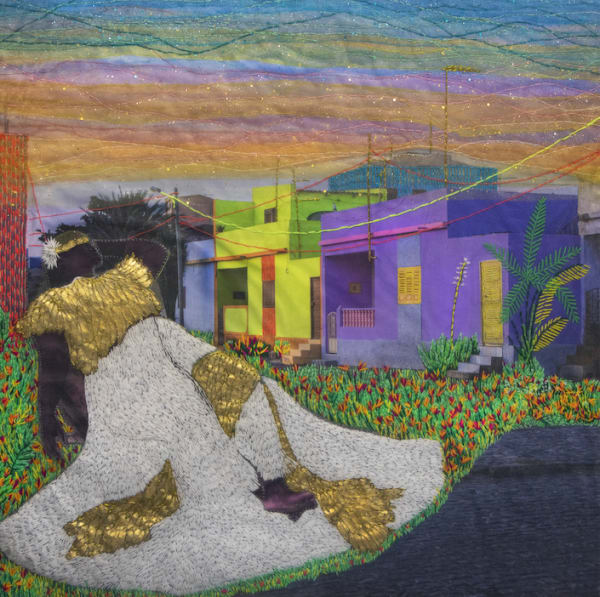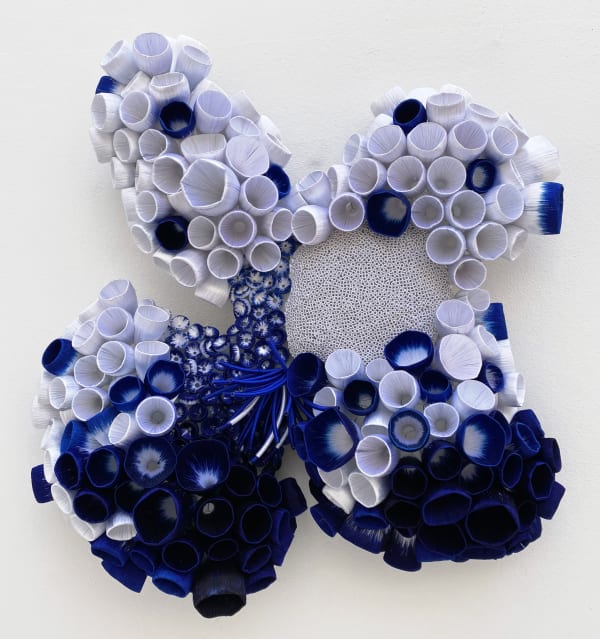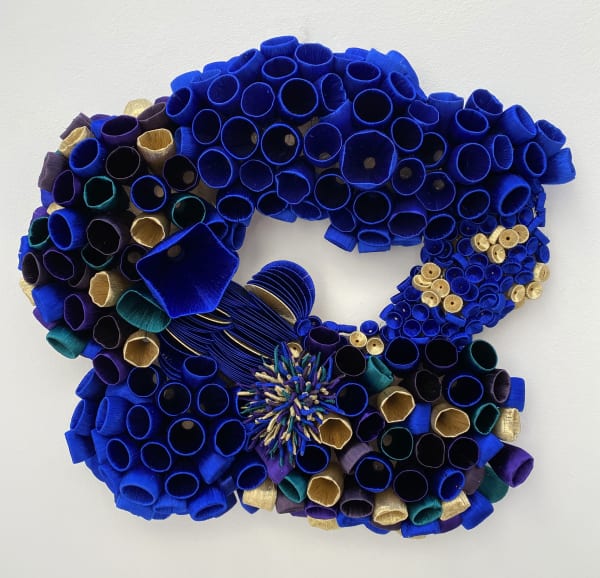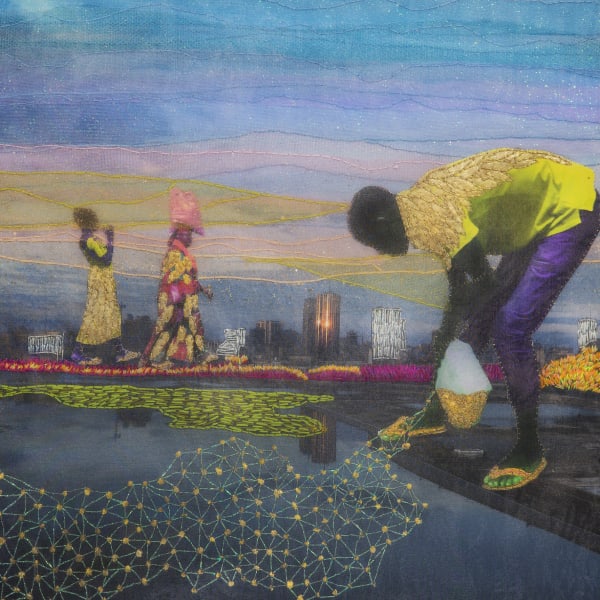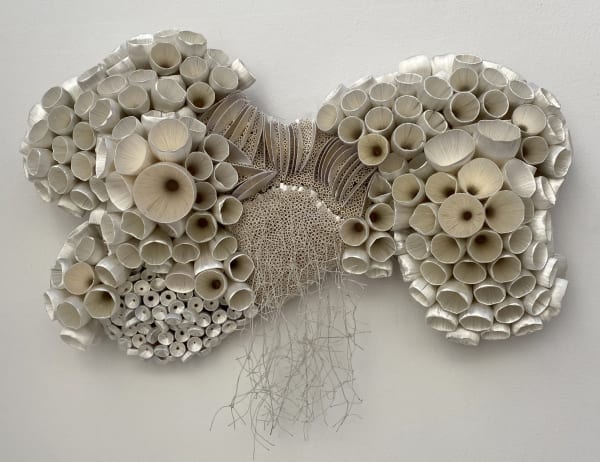-
-

-
What does the title of the exhibition "The Inner Garden" mean to you?
The title The Garden in itself could not be more appropriate to the words that animate me.
The garden, its irrigation and planting have always been my favorite subjects. I even wrote my thesis on it during my architecture degree.
Whether it is an ornamental or vegetable garden, the symbolism that emerges from it is essential. It is as much an intimate place of escape and meditation as it is a place that nourishes us.
It connects us to the Earth.
My work tells a personal story, an inner and organic journey, carried by a universal dimension.
I share this story to talk about my emotions and my interiority. The Garden in me.
How does textile bring you to intimacy?
Textile inevitably brings me back to intimacy, since it participates in this search for truth, this search for the self. It is my means of expression. The one that allows me to extract from my being what I have to say. It has its own language and thus becomes a universal emanation. Everyone finds their own interpretation.
Working with textiles is a moment of isolation and introspection, which leads to a reflection on oneself and on the meaning of what carries us.
What do you feel when you weave and sew?
I don't weave (not yet), I don't sew. I embroider.
The tireless gestures that accompany this embroidery deepen this inner quest. These gestures are repetitive, regular, and devoid of any intellectuality.
It is a sacred and meditative moment, where the act of embroidering becomes a real mantra. One then enters into a kind of trance.
A kind of dialogue between the work and me is thus established and I let it guide me.
I often have the feeling that the work, unlike me, knows where it wants to go, and directs me.
I then feel Free.
Why is fiber important to you?
I have always been a great lover of fabric, embroidery, and yarn.
Thread binds, unites, and weaves. It symbolizes something ineffable and sacred.
The needle, to which it is attached, first makes a hole, the thread penetrates it. It then clings to the material. It is a connection between two distinct entities that now form one.
It is also perhaps for me a means of affirming and attaching myself to my Femininity that is essential in the subject of my work. Embroidery has always been, in all cultures, an escape route for women to express themselves and escape. In many traditions, it is also the object of representation that accompanies each one in the important moments in life. The thread thus embodies memory and traditions.
It is a Women's History that is transmitted from generation to generation.
-

-
What does the title of the exhibition The inner Garden mean to you?
The installation I’ve presented within the exhibition is entitled “The Garden Inside”, and this served as inspiration to the title of the show. For me it evokes the interior space that we all possess within us. This space is plural and filled will the stories of our lives. It is a mobile space that adapts and evolves throughout our existence.
As I prepared for the show, my inner space began to germinate, and the colour green became inevitable. My intention then was to transpose this feeling to the interior space of the gallery, and more precisely its offices, which I sensed were the concentrated centre of energies.
Perhaps due to my architectural training, the shape of the garden has become urban. And so I speak of an urban landscape. The set of boxes from the Construction, The Inner Garden series was imagined as an aisle that leads to the central installation. Here, as often is the case, it is the interplay of scales that interests me. Each among them can also be read as its own interior space, intimate and personal.
How does textile bring to the intimate?
Textile as a medium is a return to matter, which is a return to skill, whose very essence is gesture. I think of the loom and the women who know how to use it. I think of the many stories that are handwoven on these looms and the intimacy of shared moments
I believe that intimacy lies in the immaterial and the invisible. This was the subject that I explored in a work entitled “Incarnate the Visible, Act the Invisible”, created for and exhibited at the Rabat Contemporary Art Biennial in 2019.
How do you feel when you weave and sew?
It’s a creative process. I weave with matter and I sew volumes. I imagine and create lines that take form, under expert hands. I weave and I sew the immateriality of the creative process. I weave and I sew the excitement it brings out in me. The gesture predominates, always.
Why is fiber important to you?
Fibre is all about humans. The manner in which it is produced, prepared, washed, carded, spun, and dyed is nothing less than performance. This is the story that interests me and the transmission I practice. I see myself as a creator of matter.
As it is worked, fibre retains the aspect of whoever produced it. Then the artist takes over, and considers the fibre as a work of art, the way it will be seen by the public. For me, there is a transmission of emotion inherent to the process of creation of the fibre itself, and of the artwork. Fibre tells a human story, and it is this story that interests me most.
With fibre, its provenance is important, its preparation, the feel of it, the smell of it. All senses are engaged. In contrast to other mediums, fibre gives off a certain serenity I find soothing and reassuring, and this intrigues me. For this reason, some of my works acquire a protective character. Such is the case of the two monumental necklaces that welcome the visitor; one at the door of the gallery, and the other at the entrance to my installation. Fibre is charged with the essence of humanity, and it is tangible.
-

-
What does the title of the exhibition The Garden in itself evoke for you?
The title evokes inner development, the quest for one's own truth, and the evolution of the inner being. The notion of a garden is also about care and beauty, about taking care of oneself and of others. It is about well-being, beauty, and goodness.
How does textile bring you to the intimate?
Textiles in general appeal to several senses at the same time: touch, sight, and sometimes-even smell. It is a sensory experience in itself, which often leads to the first and most vivid memories of life, such as birth, childbirth, and death, in all cultures. Textiles transmit a wide range of emotions, both consciously and unconsciously. Being in contact with a textile could be a substitute for language. In my work, integrating textiles has given it a slightly different direction, as it has allowed me to express things that I could not express in words.
How do you feel when you sew and weave?
I feel like I am in a moment of meditation. It is a very subtle and special process. I feel good. My brain is in full activity, fully aware of the gesture and at the same time, there is a whole space that allows me to explore my creativity and the discourse I would like to express in my work. Sometimes it is the finished piece that reveals something I didn't know.
Why is fiber important to you?
Fiber is a link between the self and the other.
-
-
Découvrir les oeuvres de l'exposition
Le Jardin en soi I The Inner Garden: En conversation avec les artistes
Past viewing_room
